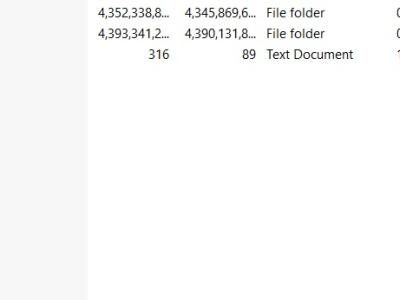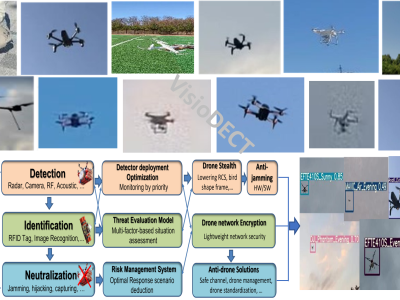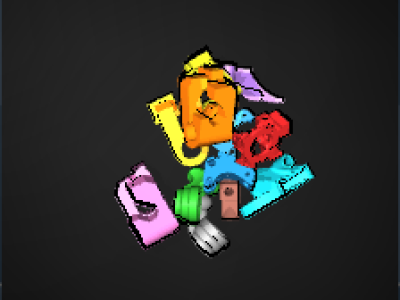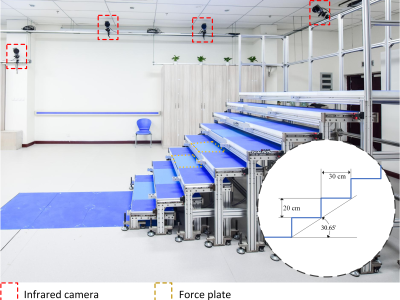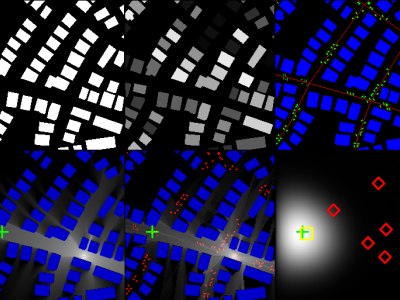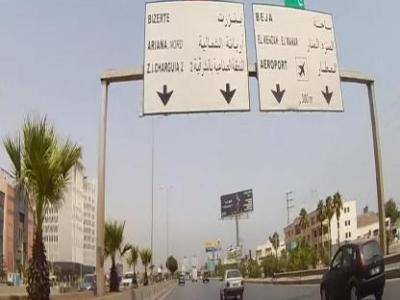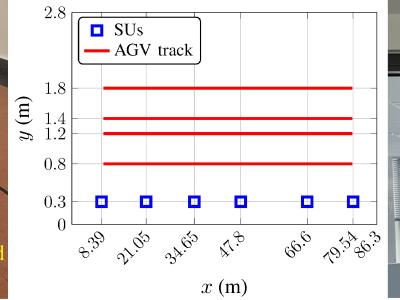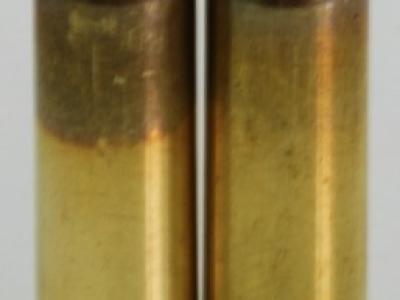
To enable intelligent vehicles and transportation systems, the vehicles and relevant systems need to have the ability to sense environment and recognize objects. In order to benefit from the robustness of radar for sensing, knowing how to use the radar system for effective object recognition is critical. Observing this, we in this paper propose a novel deep learning-aided object recognition system for radar systems by combining the You only look once (YOLO) system with a proposed object recheck system.
- Categories:
